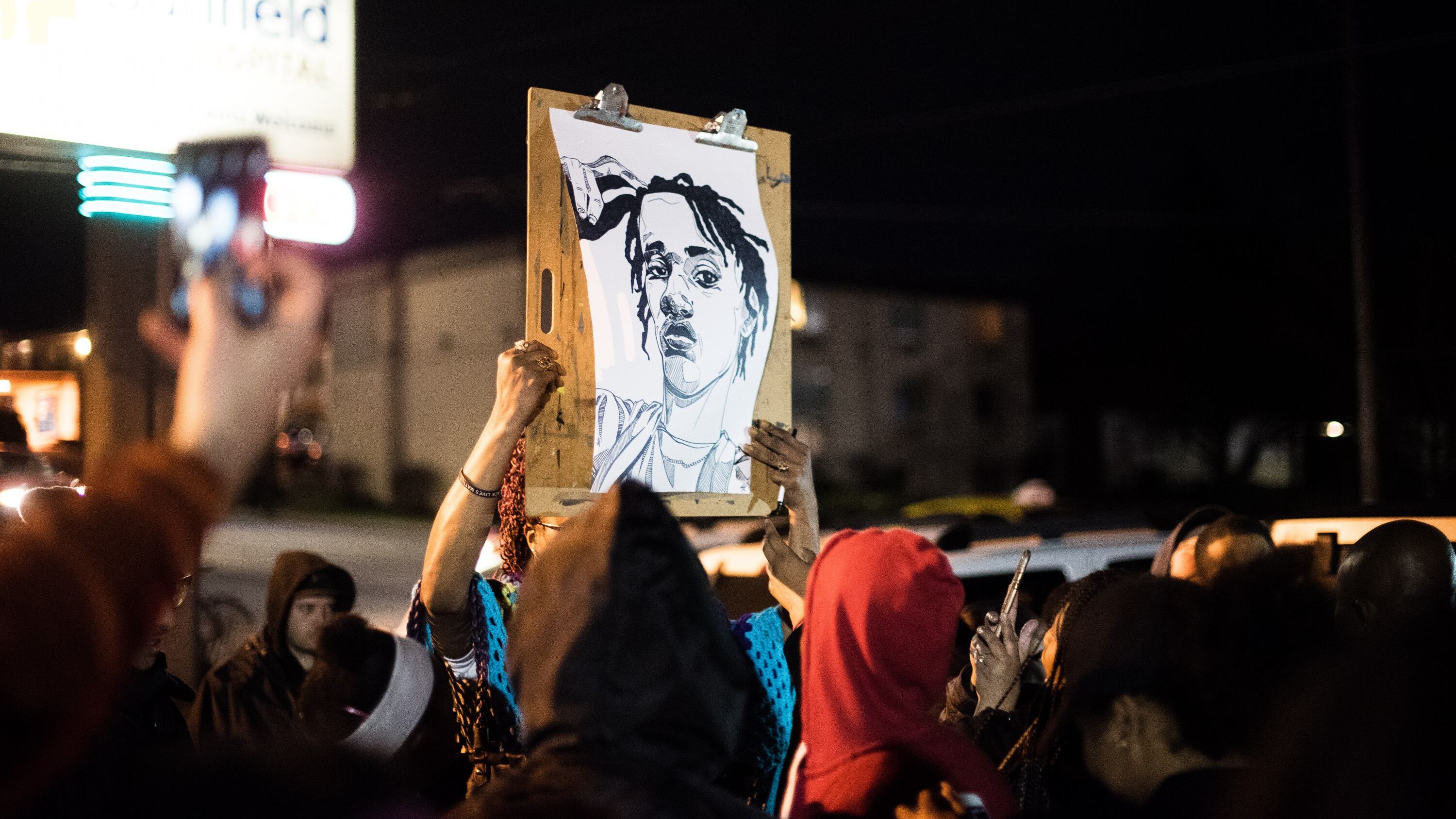A Multnomah County grand jury has found a Portland Police officer's shooting of black teenager Quanice Hayes was justified.
The grand jury today decided not to indict Officer Andrew Hearst in the Feb. 9 shooting of the 17-year-old Hayes, who police say had a fake gun on him when he was killed. The case has ignited racial tensions in this city, and renewed questions about the police's use of force in the black community.
The grand jury findings released tonight add new details to the police account of what happened on Feb. 9, when Hearst killed Hayes in a search for a robbery suspect.
Among the key findings:
- Hayes was shot three times—twice in the torso, once in the head—while crouched in the alcove of a home on Northeast Hancock Street.
- Police testimony is not clear on whether Hayes pulled the fake gun on Hearst. The grand jury findings say Hayes reached for his waistband instead of complying with an officer’s instruction to keep his hands up, and the replica gun was found next to Hayes on the ground.
- The Oregon State Medical Examiner says Hayes had cocaine in his system—and well as a prescription anti-depressant. “Toxicology results on Hayes’ blood showed numerous drugs including cocaine, benzodiazepine and hydrocodone,” the findings say. “An examination of the replica firearm by the Oregon State Police Crime Lab showed Hayes’ DNA on the [fake] gun.”
- The victim of a carjacking earlier that morning at the Portland Value Inn says he was held hostage at gunpoint for 30 minutes by a suspect matching Hayes’ description. “At the time of the shooting,” today’s findings say, “Hayes had in his possession the robbery victim’s EBT card as well as property stolen from the home on Hancock Street.”
